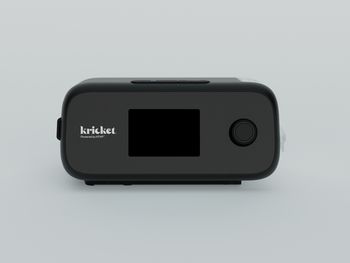
Primary care physicians, staff must recognize monkeypox symptoms, take precautions against spread
ACP publishes commentary with guidance for clinicians to slow spread of disease
The American College of Physicians (ACP) has published a new commentary warning primary care doctors and staff about the threat of
On the heels of COVID-19, “as the monkeypox outbreak grows, health care workers must understand the threat and be prepared to address an infectious disease risk that may herald yet another unprecedented epidemic,” authors Tara N. Palmore, MD, and David K. Henderson, MD, said. Their
Monkeypox outbreaks have been smoldering for years in western and central Africa, with occasional instances in the United States and Europe. Those usually happened through travel to endemic areas or exposure to imported animals, the authors said. More recently, the current outbreak has affected primarily young men who have sex with men (MSM).
They offered the following guidance for dealing with
- Monkeypox is transmitted via direct contact with body fluids from an infected person, contact of mucosal surfaces or nonintact skin with open lesions, respiratory droplets or contact with contaminated objects.
- Guidelines from the federal Centers for Disease Control and Prevention will help manage suspected monkeypox cases in health care settings.
- Health care workers should wear personal protective equipment (PPE) appropriate for airborne precautions, including fitted N95 respirators or powered air-purifying respirators.
- If a case is identified, state and local health departments should be informed immediately to assist in testing.
- Careful history taking and contact tracing are essential because patients may have had multiple visits to health care facilities or an extended stay with multiple personnel contacts before infection is suspected.
- Exposed workers need to undergo detailed risk assessments to determine exposure and receive counseling on self-monitoring, isolation and prompt reporting of symptoms based on risk level. “For example, a nurse who shakes an infected patient’s bed linens is likely at higher risk (from aerosolized virus particles) than a nurse who takes vital signs and administers medications,” the guidance said.
- Patients may present to sexually transmitted infection clinics or outpatient clinics not well equipped for isolation procedures, so clinicians there must be vigilant and have appropriate PPE.
The authors also caution the infection control response must avoid stigmatizing the most affected patient population and should instead ally itself with the community of gay, bisexual, and other (MSM) to combat monkeypox, the news release said.
On June 14, the World Health Organization also published its
Newsletter
Stay informed and empowered with Medical Economics enewsletter, delivering expert insights, financial strategies, practice management tips and technology trends — tailored for today’s physicians.














